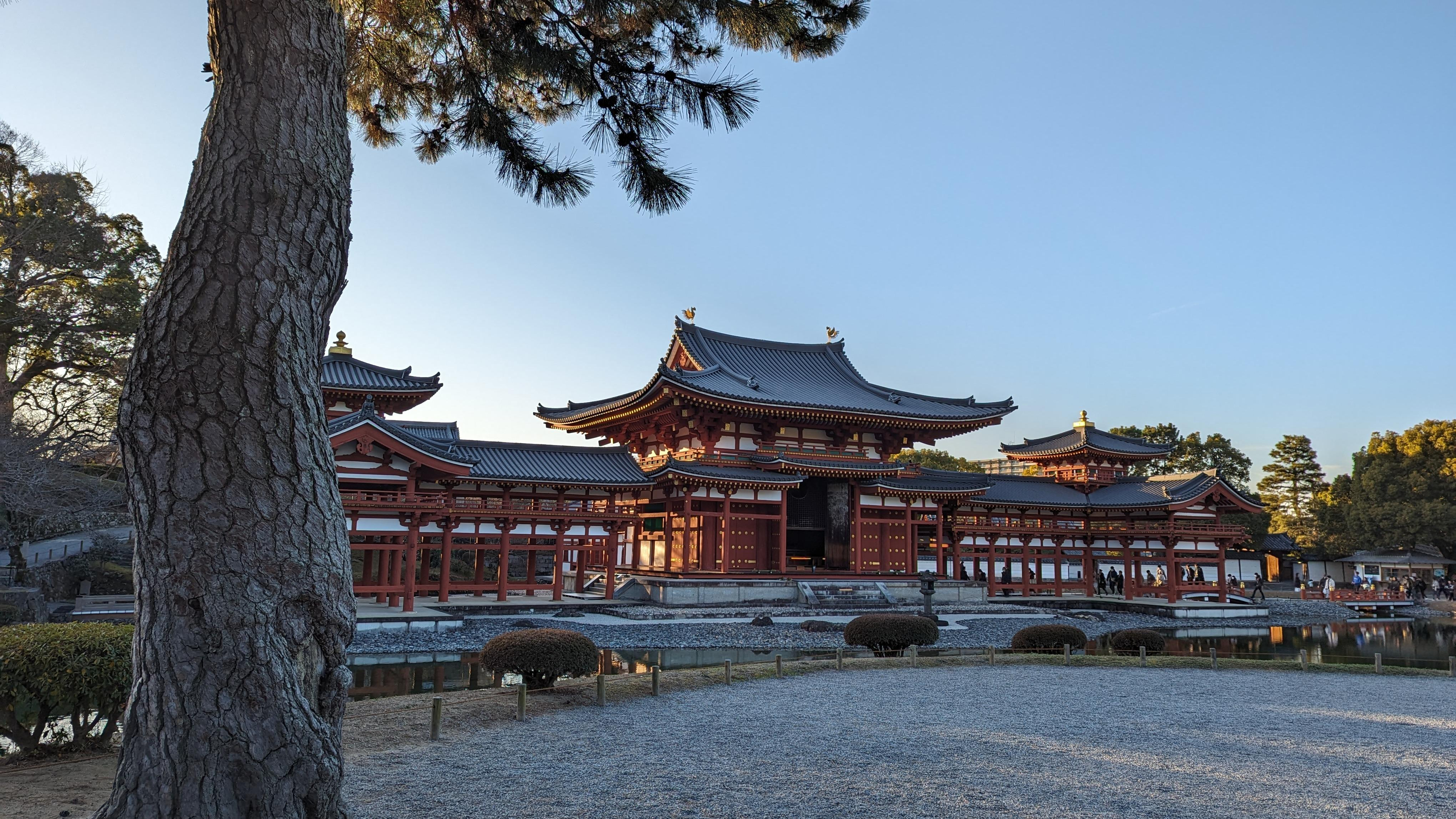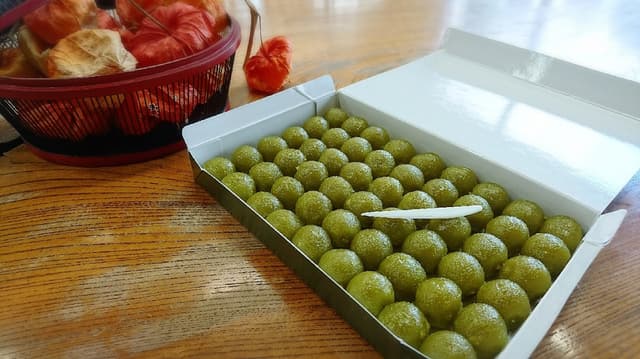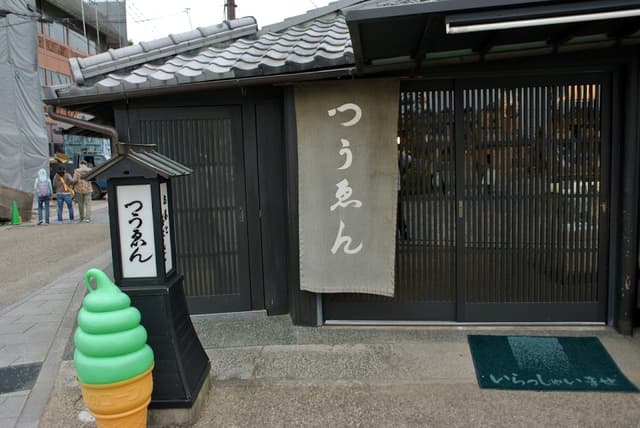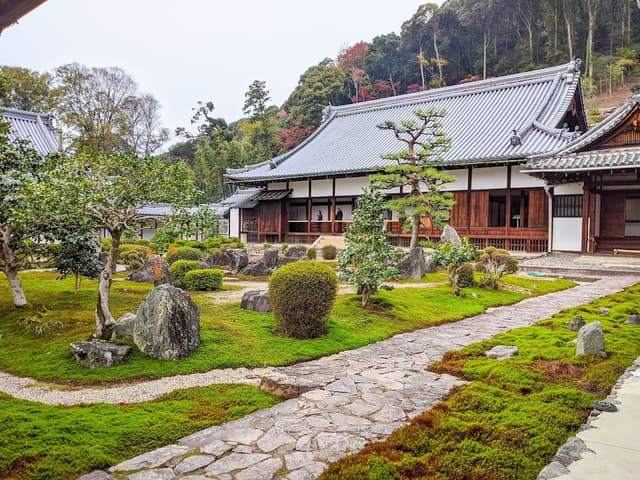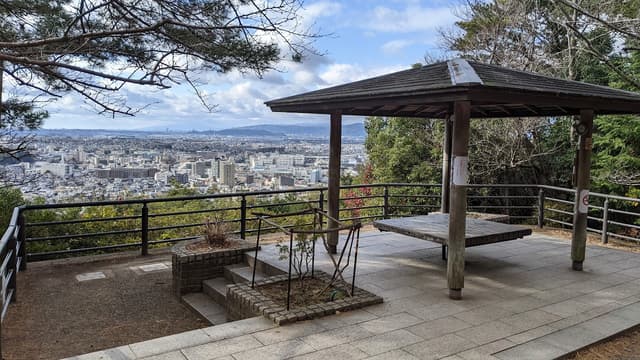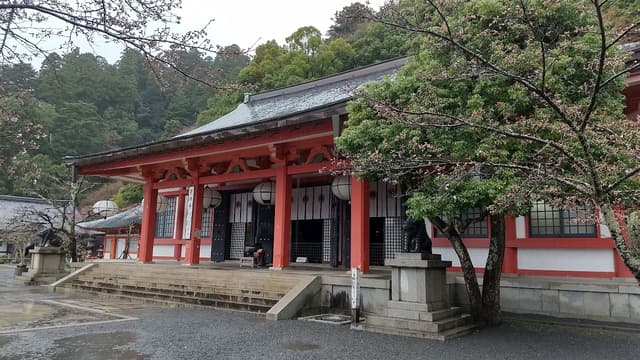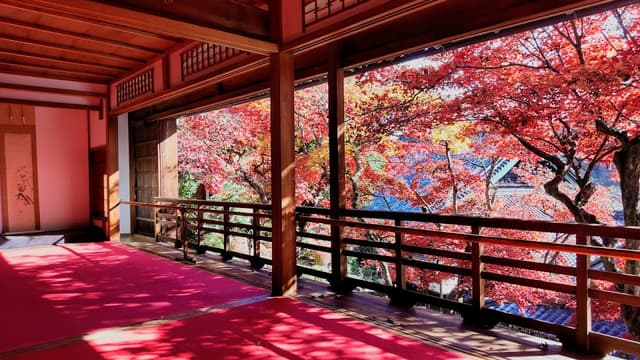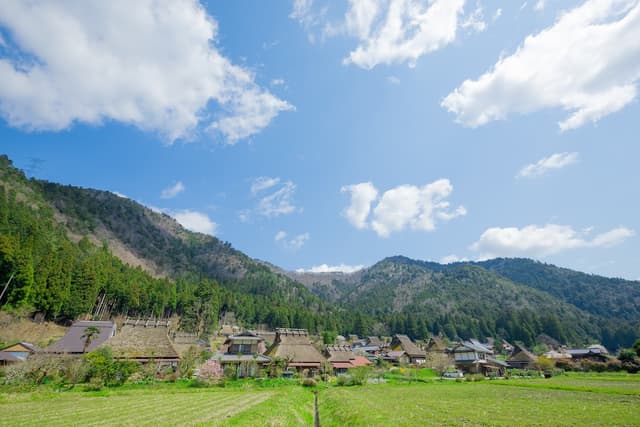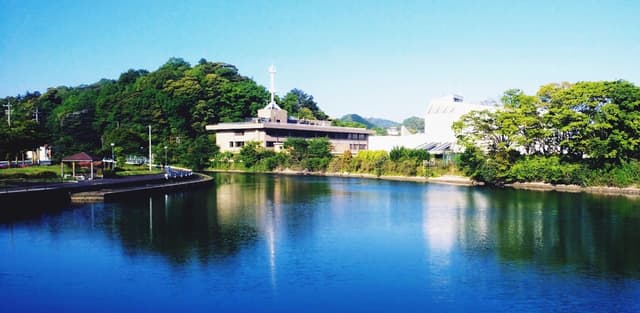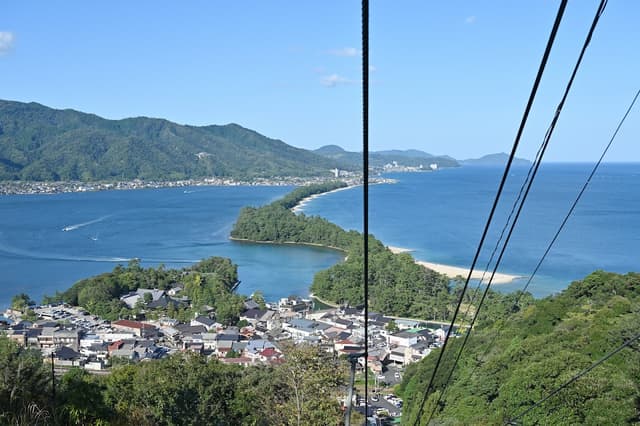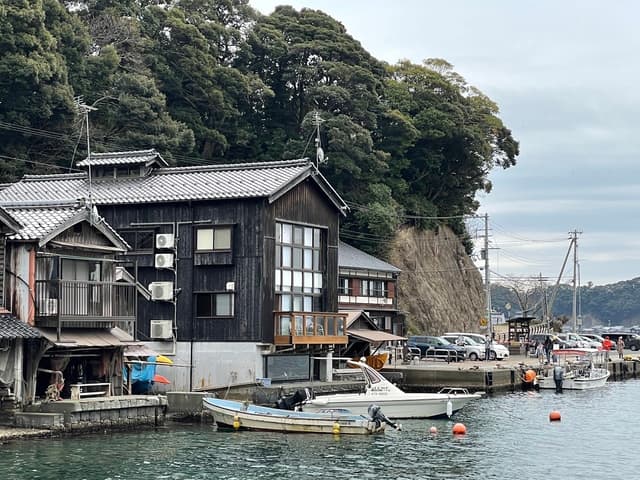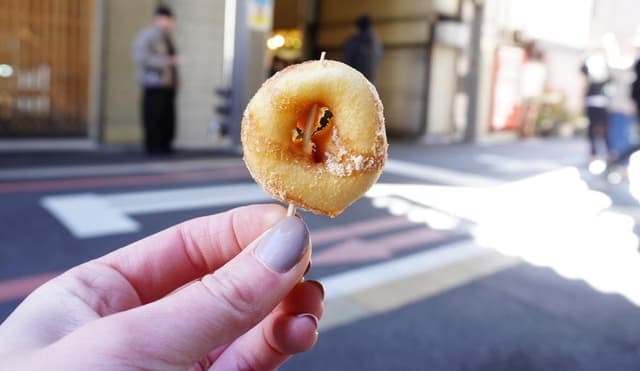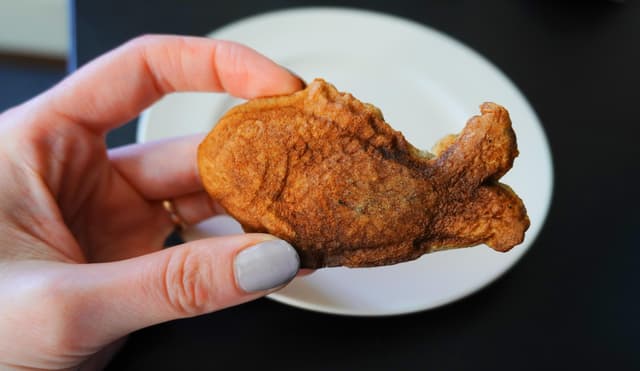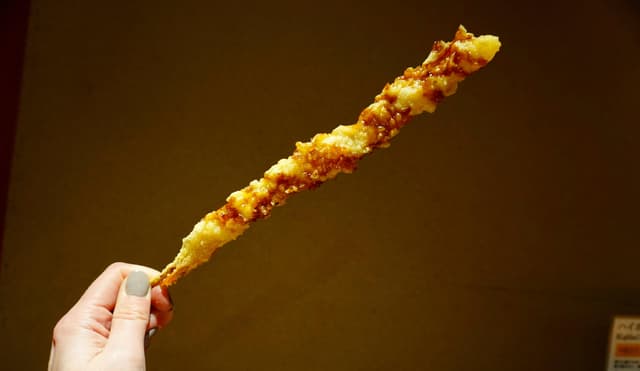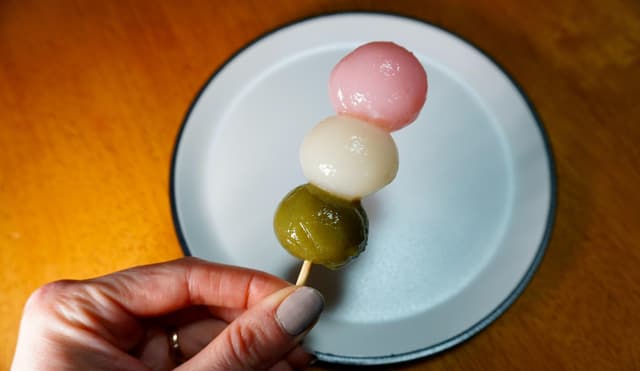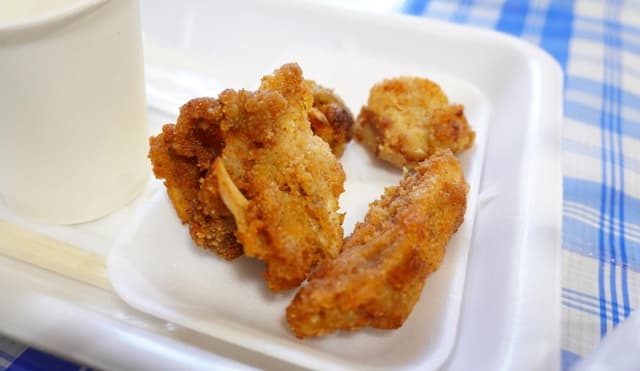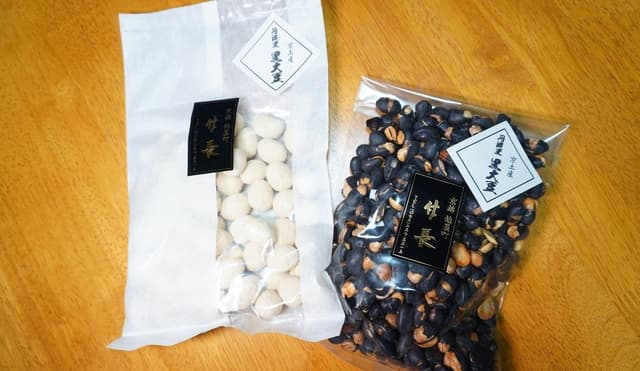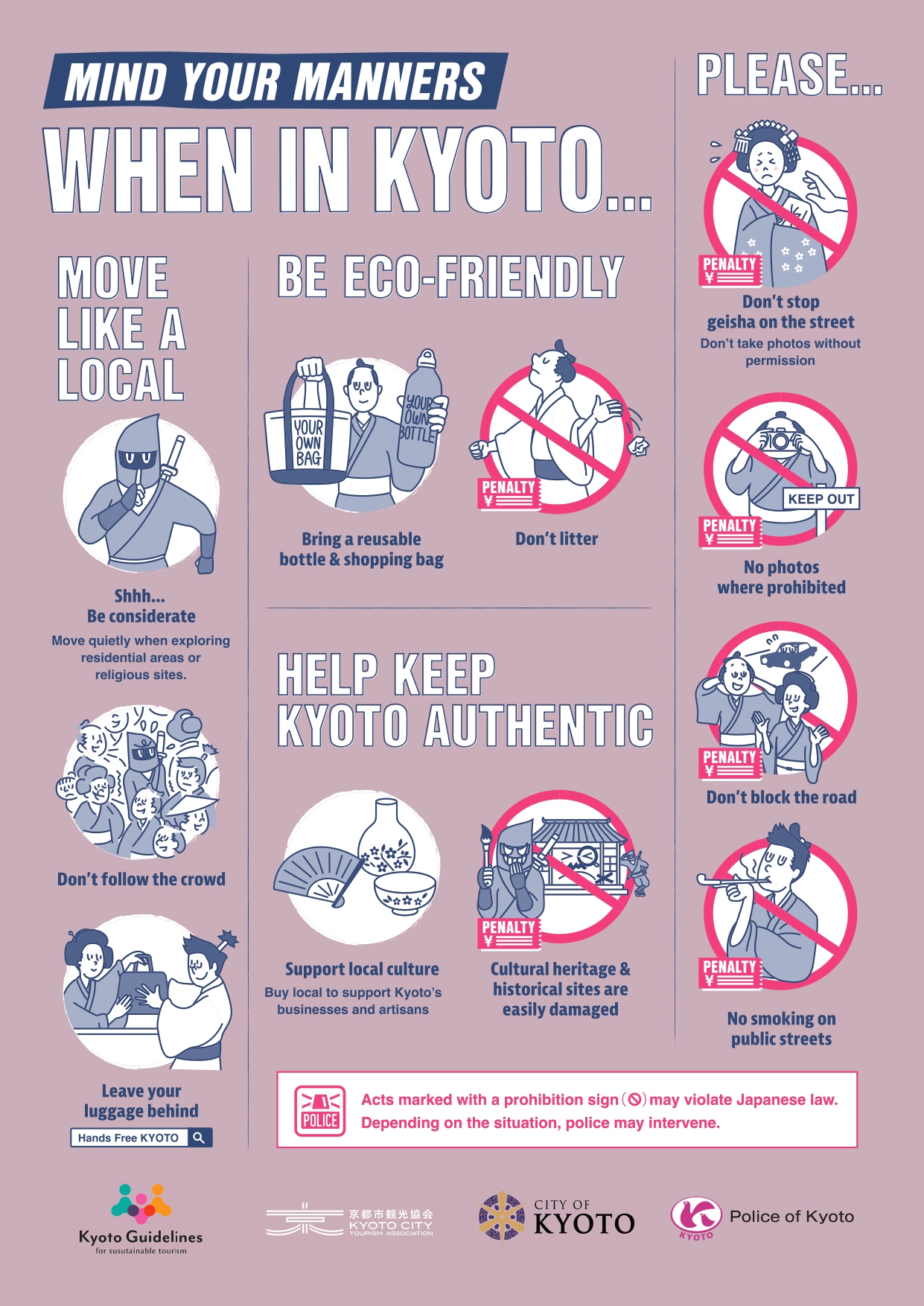What you'll find here:
- Kyoto overtourism problems
- How to avoid adding to Kyoto overtourism
- Uji travel guide
- Other areas to visit
- Nishiki market guide (if you still really want to go)
- Useful resources
What you won't find: All the typical central Kyoto tourist spots. You know what they are already, and we want to avoid overcrowding!
Kyoto overtourism problems
Kyoto is affected by overtourism in a number of ways, including:
- Crowding of regular spaces causing problems for residents
- Large luggage getting in the way of commuters
- Noisy streets at night
- Harassment of maiko (Kyoto geisha in training) and geiko
- Littering
- Shops geared towards tourists instead of local needs
- Trespassing
- Damage and defacement of property
How to avoid adding to overtourism
Here are some ways we can help alleviate the problems:
- Visit Kyoto during off-peak seasons (i.e. not cherry blossom season or peak autumn)
- Visit sites of interest during off-peak times of day (i.e. very early morning, late at night, restaurants before 12pm or after 2pm, etc.)
- Asking before taking photos of anyone (photography rules are very strict throughout Japan)
- Buy local where possible
- Go outside of Kyoto's city centre!
- Follow the Kyoto Etiquette Guide below:
Use Google Maps or this map below to see when the spot you want to visit is likely to be crowded:
Uji travel guide
Here are the places I visited in my video and a few others I recommend
Jinjiro Tea Shop
@cassandral
Founded 180 years ago, Jinjiro Tea Shop is an atmospheric place to get high-quality matcha. Jintaro is the 6th generation owner and tends to the tea leaves himself as well as the shop.
Only open Fri-Sun.

Details
Inafusa Yasukane
@cassandral
Ocha Dango traditional sweet shop Founded in 1717. Ocha Dango are a mildly sweet tea flavoured rice paste ball that are strangely addictive. Grab a box and sit by the river with them.

Details
Byodo-in
@cassandral
A beautiful Buddhist temple established in the year 1053.
When I visited in February it was very calm, but it can get crowded during cherry blossom season and autumn.

Details
Places not shown in the video:
Tsuen Main Branch
@cassandral
Tea shop with history tracing back to 1160

Details
Kōshō-ji Temple
@cassandral
A complex of shrines and temples with interesting art works and Buddhist statues

Details
Daikichiyama Observation Deck
@cassandral
A cool point to see Uji from, giving you a bit of exercise along the way! (30 min. walk from the station)

Details
Other Kyoto areas to visit
Close-by (easily reached by public transport)
Kuramadera Temple
@cassandral
A historic mountainside Buddhist temple around 1.5hrs from Kyoto Station. You can access it by cable car or get a good stair climb in!
In this area is also Kifune Shrine

Details
Yokoku-ji (Yanagidani Kannon) Temple
@cassandral
A beautiful Buddhist temple with seasonal flowers, including a summer hydrangea garden.
However, it requires a 10-minute taxi or 1hr hike from Hankyu Nishiyama-tennozan Station (which is 30 min. from Kyoto Station)

Details
Further out (Best visited by rental car or for overnight trips)
Kayabuki No Sato
@cassandral
A traditional thatched-roof village along a river. 2-3 hours from Kyoto Station via train then bus (or 1.5hr by car)

Details
Maizuru
@cassandral
A coastal town known for its great fish market and seafood cuisine, as well as the red brick museum and peaceful ryokan (traditional inns)

Details
Amanohashidate
@cassandral
A naturally occurring sand bar that functions as a bridge between two peaceful coastal Kyoto towns

Details
Ine
@cassandral
A beautiful town with unique "funaya" boat houses that sit on the water

Details
Ayabe
@cassandral
A peaceful mountainous region known for its onsen (hot spring baths), temples, and pretty rose garden

Details
Nishiki Market guide
Konna Monja
@cassandral
Its main shop was founded in 1964, and they have been creating tofu using 100% Japan-sourced beans ever since. They sell a number of traditional tofu-based items, but the tofu donuts are the most popular. I recommend the kinako and kuromitsu topping.

Details
Fuka
@cassandral
An oasis of calm in Nishiki Market, you can even sit down inside. 150 years of history selling ofu and namafu - a kind of rice and wheat flour that can be used for various traditional dishes. Try their taiyaki!

Details
Hirano
@cassandral
Established over 100 years ago, Hirano specialises in tamagoyaki, a type of rolled egg omelet. They pride themselves on their savoury broth they use to make it. There is a seating area and a restaurant, and they also have tempura sticks.

Details
Uoriki
@cassandral
Tempura shop established in 1919. I really liked their hamo (conger eel) tempura. They deep fry it once more just before giving it to you, and sprinkle it in salt.

Details
Kofukudo Nishiki
@cassandral
With 150 years of history at their main store near Matsubara bridge, this Japanese confectioner has a lot of cute items. I tried the ichigo daifuku and the sanshoku dango, which both had a nice mild sweetness

Details
Watahan
@cassandral
Fish shop with 120 years of history. They specialise in sashimi and processed seafood items, but also have fugu karaage.

Details
Takecho
@cassandral
A secret one not in the video, but this is a nice place to get more Japanese-style dried snacks. I got some black beans to munch on. (Date of establishment unknown)

Details
Are there any other street food markets in Kyoto?
Street food is not as common in Japan as it is in other Asian countries. That is partly because generally speaking, walking and eating is frowned upon, so you won't find a lot of them in one place.
One thing to look out for is shotengai (shopping streets). These are similar to a permanent market, with local shops selling everything from clothes to food, and are frequented by residents, such as this one in central Kyoto.
(I didn't visit myself, so this image is sadly at night when everything is closed!)

Details
Another place to find "street food" is at seasonal matsuri (festivals). Usually, a matsuri will also be accompanied by food stalls. Big temples will usually have one or two matsuri throughout the year, so there's no need to be in central Kyoto for that.
Useful resources
* * *
